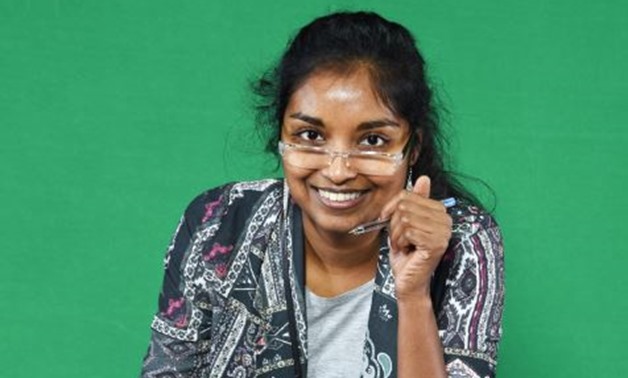
Photography by Egypt Today/Mohsen Allam
Seven years on from the Arab Spring, the wave of uprisings and Egypt’s two revolutions are still being analyzed and debated by specialists and scholars around the world, especially given the changes these uprisings have made on social and political fronts across the Middle East region. Among the up-andcoming authors fascinated by the changes is Mette Toft Nielsen, a graduate student who has written a new book entitled Women in Post-revolutionary Egypt: Can Behaviour Be Controlled? (Political and Social Change) while finalizing her master’s degree. Born in Sri Lanka and adopted at a young age by a Danish family, Nielsen studied culture, communication and globalization at Aalborg University. She followed the Arab Spring closely in 2011, and she decided to come to Egypt for her research, spending over six months. Nielsen co-authored the book with Peter Hervik, an anthropologist and professor in migration studies at Aalborg University’s Department of Culture and Global Studies.
“My first university thesis focused on the reasons behind immigration of Egyptians,” explains Nielsen, who interviewed several Egyptian youth for her thesis, supervised by Hervik. Nielsen noticed that there were many young Egyptian women who tend to have more choices than earlier generations with their “old-fashioned social customs,” especially if these young women were living in villages across the countryside. The graduate was curious to start another study focusing on these Egyptian women living far from the big cities, especially since many studies conducted by Western organizations in the aftermath of both the 2011 and 2013 revolutions, only focused on Egyptian women living in major Egyptian cities like Cairo and Alexandria. “Hence the idea of my first book was born,” explains Nielsen, who says she wanted to put the stories and aspirations of these young Egyptian women in a recorded and written form.

It took Nielsen six months of travels across Egypt because she wanted to make her interviews as broad as possible. “Most of the interviews were done in Arabic with the help of an Egyptian translator. From a logistic point, Egypt was the prominent destination because there are direct flights from Copenhagen to Cairo,” Nielsen says.
Upon arriving in Cairo in 2012, Mette started to meet Egyptian women from different age groups and educational backgrounds living in Cairo and Alexandria, Nuweiba and Sinai in the east then Assiut and Minya in the south of Egypt. “I collaborated with several local NGOs in Cairo and Alexandria to bring young women from these two cities along with me during my travel across Egypt as assistants in interviews and translations,” explains Nielsen, who noticed that many of them had not travelled across east or west Egypt before. “Of course, depending on education, family and surroundings, the characters of Egyptian women differ from one location to the other. However, one should see that the two revolutions have impacted many Egyptian young women on how they can see their future and make their own life decisions through continuous open discussion with their parents. The two revolutions made Egyptian women believe that they can realize their dreams. This is reflected in the first part of the book where each one of them tells her story in her own words.” Women in Post-revolutionary Egypt is divided into three parts. The first examines the perspective of Egyptian women with respect to the revolution, the political environment in the country, and the many changes it has witnessed in recent years. The second part is about the daily life of women, the issues they face, the things they’re proud of and the things they value. The third and final part is about the women’s hopes and ambitions for the future. It shows how Egyptian women with different backgrounds do not only have aspirations for a better tomorrow but also personal visions on the ways of achieving it through development and collectiveness.
While the book is published in English and can be purchased online in soft format or hard copy, Nielsen is still looking for a publishing house to produce an Arabic translation.

Comments
Leave a Comment